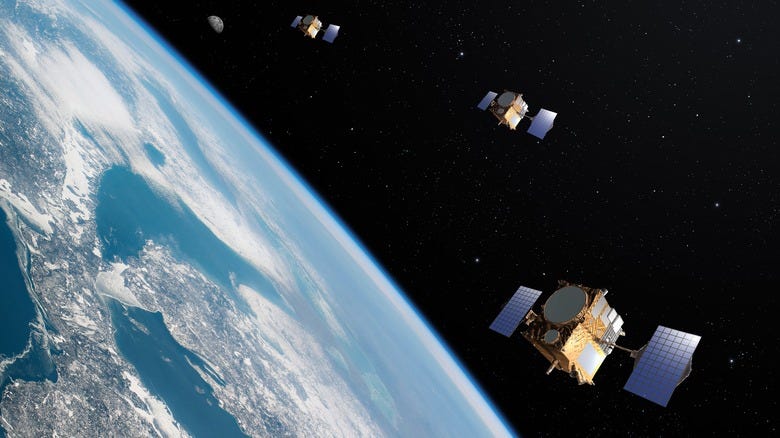The Fate of Satellites
Written by Ayebamiebi Yousuo
At every instant of time, a satellite is either in orbit or out of orbit and this leaves us with 2 broad categories of Satellites launched into space:
Satellites in orbit: the majority of launched rockets seek to put a satellite in orbit for various reasons like communication, weather forecasting and scientific research. Satellites in orbit are to run in that orbit throughout their operational life after which they are propelled out of orbit, and this leads us to our second group of satellites.
Satellites out of orbit: Satellites out of orbit can be in any of the following categories:
De-Orbiting Satellites: there are laws guiding the launching of satellites and these laws have what we call the end-of-mission recommendations that ensure that after a satellite's operational life, the satellite is propelled out of orbit preventing what is now debris from orbiting and taking us space.
Failed Mission: in the event of launching a satellite some of the satellites might fail to enter into orbit and fall back to earth or take a new trajectory in outer space. A failed mission can be due to a malfunctioned launch vehicle or some other issues.
Suborbital Satellites: some satellites are launched with no intent of putting it into orbit. This can be seen in satellites meant for science experiments or tests of a new technology.
In conclusion, they say, “Whatever has a beginning has an end” and this applies to satellites too. A satellite that succeeds in entering into an orbit must someday be propelled out of its orbit after it has lived its operational life and fulfilled its purpose, and just like a law of nature, the old must be displaced to give room for the new.


